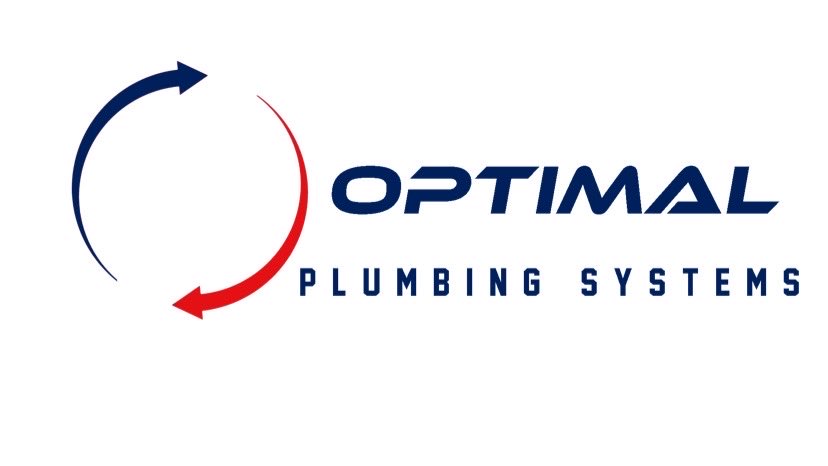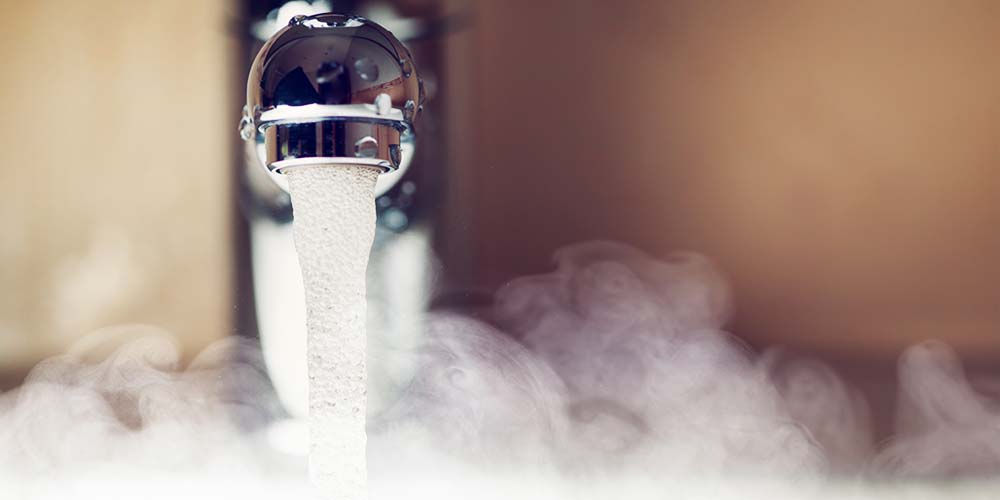You turn on your shower. Cold water shoots from the showerhead and makes delicate pitter-patter sounds against your walls. You sigh and wait for the water to get warm. And wait. And wait. The seconds drag on. Soon that pitter-patter sound feels like a drumbeat in your head. Irritation rises in your throat. You reach your hand out to check the water.

It’s still cold. That’s it! You’re sick of waiting for hot water every single day. But what can you do? How can you get that hot water you need instantly?
Here at Monkey Wrench Plumbing, we get this question a lot. In our 14 years of business, we’ve seen two options that have helped people all over Los Angeles get instant hot water from their tankless water heaters.
After reading this article, we promise that you’ll be able to weigh the benefits and limitations of both options to get instant hot water. So you can decide which option will ultimately be best for your home.
Why Don’t I Get Hot Water Instantly?
To understand how you can get instant hot water from your tankless water heater, you first need to know why you don’t have it. When you turn your hot water fixture on, cold water comes out. This water was left in the pipes from the last time you used your fixture. The cold water gets pushed out by hot water coming from your tankless water heater.
Inside a tankless water heater from Noritz’s page How Tankless Works
.jpg)
The water in this process warms up as it moves to provide you endless hot water. Once you turn off your fixtures, the water in your pipes cools down, and then the process starts over again.
What Are My Options for Instant Hot Water?
If you want hot water instantly, you’ll want to consider getting a recirculation pump installed. When you turn off a fixture, a recirculation pump pushes any unused hot water back into your tankless water heater. This process allows the water to be reheated, so no cold water runs out of your hot water fixtures.
Note: Some tankless water heaters have built-in recirculation pumps. Check your tankless water heaters guide to find out if yours already has one.
However, to get a recirculation pump to work, you will need somewhere for that trapped water to go. You can provide that path by having a plumber install one of the below options:
- Return line
- Cross over valve
Let’s look at the differences between these two and which option is best for you and your home.
Option 1: Return Line
A return line is precisely what it sounds like. It’s a dedicated pipe that returns unused hot water to the tankless water heater in the hot water line. This water comes back into the tankless water heater via the cold waterline by installing a loop at the farthest fixture in your home. Imagine this as turning your plumbing into a large O to create a continuous loop of hot water.
Benefits:
- Larger Homes – If you have a home with six or more bathrooms, a dedicated return line will help assure that all your fixtures get instant hot water.
Things to consider:
- Price – If the hot water line ends at a fixture that is the furthest away from your water heater, you’ll have to install more pipes which will drive up the cost.
- Installation – Depending on where your end of the line is in your home, the path to the water heater may not be so simple. Getting that return line connected to the water heater could result in a large amount of pipework. You can run pipes along walls, ceilings, under floors, in attics, or crawl spaces, but where your piping goes could result in more work and a higher price.
If you can’t access your pipes easily or don’t want to do some construction work, you may want to consider the next option.
Option 2: Crossover Valve
If adding more pipes to your plumbing doesn’t sound right for your home, a crossover valve may be a better option. A crossover valve is a device you can install at your farthest fixture to connect your hot and cold water lines. In simple terms, a crossover valve turns the cold water line into a return line.
Diagram of a crossover valve and how it works

Benefits:
- Price – Since a crossover valve is a single device added to the furthest fixture in your home, it’s an affordable option with less work needed for installation.
- Less Invasive – Unlike a return line, a crossover valve doesn’t require a connection back to your tankless water heater, which means no extra pipes.
Things to consider:
- Cold water is not instant – Since the crossover valve connects the hot and cold water lines, you will have hot water that comes out of your cold water fixtures. Though this is temporary and only lasts for a few seconds, it may not be great if you don’t want to wait for cool water.
- Not ideal for larger homes – If you have a home with six or more bathrooms, a crossover valve may not keep up with the demand of your home. So you still might be waiting for water to heat up.
What Do I Do If I Want Instant Hot Water?
Tankless water heaters don’t provide instant hot water by themselves. But getting instant hot water is absolutely achievable by installing a recirculation pump. How you get that recirculation pump working depends on what works best for you and your home. If you want instant hot water and instant cold water, a return line might be your best option. If you want instant hot water without new piping and don’t mind waiting for cold water, a crossover valve might be your best option.
Note: To have continuous hot water with no issues, you’ll need to regularly maintain your tankless water heater. Read why in our article 2 Types of Tankless Water Heater Maintenance: Why They’re Important.
In the end, you are the expert on your household needs and wants, but if you need help deciding which option is right for you, call us at (310) 853-8690. If you want instant hot water from your tankless water heater ASAP, call or book us online via our Tankless Water Heater Online Form.

